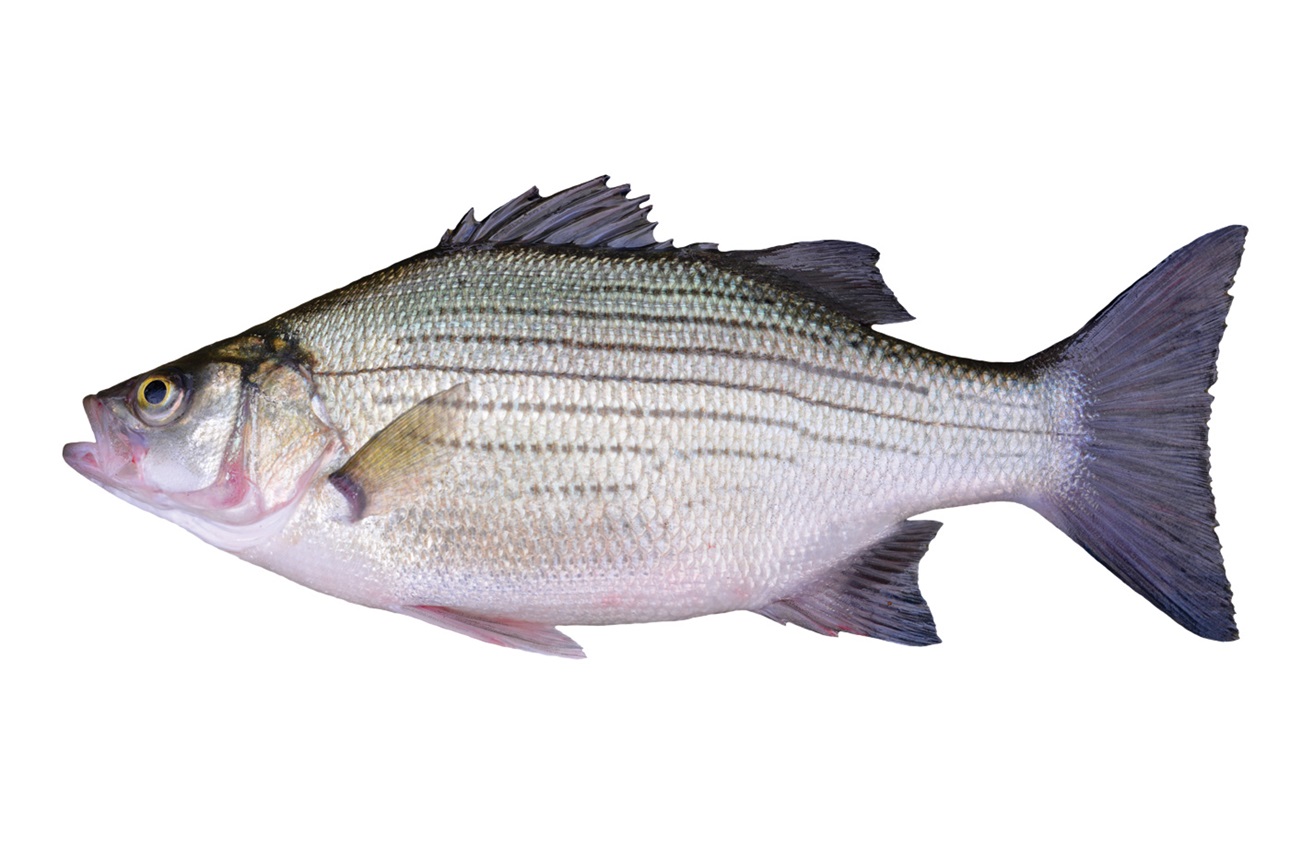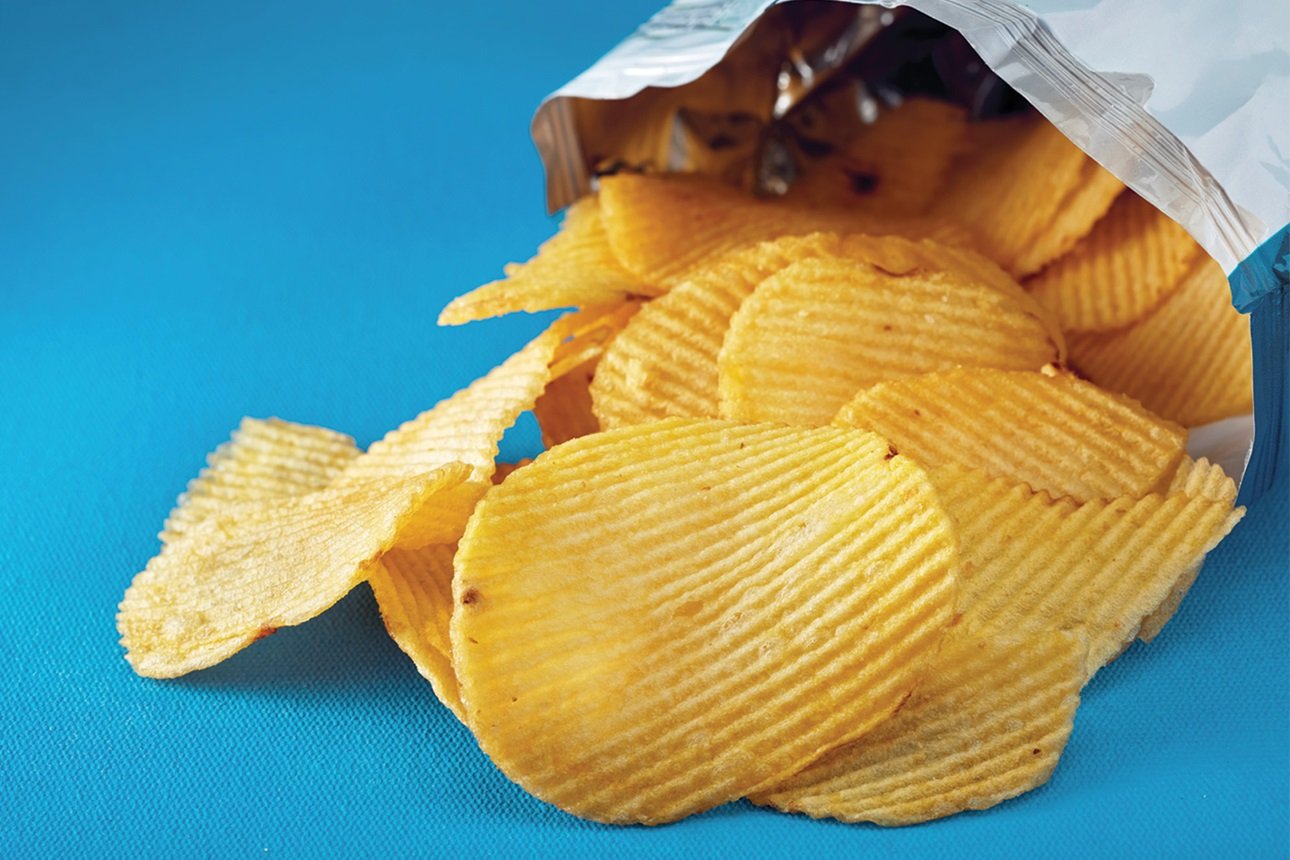Food Technology Magazine | Omnivore
Vickie Kloeris Shares NASA Experiences in New Book, Consumers Are Confused About Processed Foods’ Definition
Innovations, research, and insights in food science, product development, and consumer trends.


Vickie Kloeris reflects on life at NASA
Vickie Kloeris, a past president of IFT, has a wealth of stories from her time working on the food systems at NASA. From planning special holiday meals for astronauts to preparing a breakfast for Tom Hanks, her career has given her so many unforgettable memories that she decided to share them in a book.
Food Technology chatted with Kloeris about her upcoming memoir, Space Bites: Reflections of a NASA Food Scientist, which is now available from Ballast Books.
What inspired you to write this memoir?
I wanted to make people, especially students, more aware of food science as a career path. I kind of stumbled into food science as a senior in college. I was a microbiology major, and when I got ready to register for my last semester, I was one hour short of [an elective]. I looked at the list of approved courses, and over in the College of Agriculture, was a food microbiology course. So I went over and did it and became very interested in the application of microbiology to the processing and preservation of food. And I think a lot of people are in that same boat. And so that’s one of the reasons I wrote the book.
Another reason is that I wanted to make people aware that there are a lot of different areas that go into NASA, not just engineering and not just being an astronaut. There are a lot of skills and areas of expertise that are required to pull off a space mission. Not a lot of people really think about food, or how the food is prepared for spaceflight. And so that’s another reason I wrote it.
And then probably the final thing that contributed was my first boss at NASA passed away in December of 2019. At that time, I kind of got this little inkling that it might be nice to write a book and dedicate it to him. And then COVID hit in 2020, and we were locked down and I thought if I’m ever going to write this thing, now’s the time to do it. So I wrote about 90% of it during the COVID lockdown.
You served as the manager of the shuttle food system and International Space Station food system for 29 years. How have the systems evolved?
One of the most obvious ways they’ve evolved is in the number of foods. When I came on board in the shuttle food system, the shuttle missions were pretty short, maybe a little over two weeks. So you really didn’t need the variety, the long list of items that you need for someone to stay six months on the space station. It evolved in that the menu had to be expanded in order to accommodate long-duration spaceflight.
When I came on board, we were buying almost everything that went to space, and that had to change. We didn’t make any custom thermo-stabilized stuff, but the MREs (meals ready-to-eat) are way too high in salt and fat for long-duration spaceflight. For short, it wasn’t really a problem for the shuttle system. The high sodium is really bad for space because it exacerbates the bone loss that occurs in microgravity. So we had to start making custom thermo-stabilized products, and we also had to start making a lot more custom freeze-dried products because we were buying a lot of freeze-dried products that were made for the camping industry. Overall, there are probably about half the items that are COTS (commercial off-the-shelf), and about half that are custom made. And yes, they still use Tang.
The book’s description discusses preparing a space breakfast for the cast of Apollo 13. What was that experience like?
Part of the cast came to have breakfast with a couple of the regular astronauts, and also with the astronaut who wrote the book that the movie was based on, Jim Lovell. Tom Hanks comes in, and the first thing he does is put his tennis shoe up on the table and show us that he’s wearing his Forrest Gump tennis shoes to breakfast. And then Ron Howard was there with his wife and one of his children. They both just impressed me as being very regular people.
Jim Lovell was eating his breakfast, and he was sitting across from the two current astronauts. As he’s eating, he said, “Man, this stuff is good!” He said it’s so much better than what he had during Apollo. It had improved so much that he was impressed.
Looking back on your career, what is one moment you’re most proud of?
I was very proud of being able to go to Russia and work with my Russian colleagues. I never thought I’d set foot in Russia in my entire life. I was one of the Cuban Missile Crisis kids in first grade, who did the duck under the desk. It never occurred to me that I would ever have the opportunity to go to Russia, and especially to work with Russian colleagues. And they proved to be very nice people, very cooperative, and we worked together very well. And so that was something I was very proud of about my career is that work we did and left politics out of it, and did the jobs that we needed to do.
What are you hoping readers will learn from your memoir?
I hope they’ll take away the fact that there’s more to NASA than meets the eye. It takes a village to do a spaceflight. And I hope that people will take away the fact that astronauts are regular people. They have food wishes, food is important to them, just like everybody else. And, of course, I want them to [learn] about food science being a career path.
Research
New method to treat streptococcosis in bass
Researchers at the U.S. Department of Agriculture (USDA) Agricultural Research Service have developed a green antibiotic alternative to treat the pathogen Streptococcus iniae in hybrid striped bass, according to a new study.
Hybrid striped bass is the fourth most farmed finfish in the United States, according to the USDA. Further, this species of fish is susceptible to S. iniae, which causes streptococcosis, a disease that results in an estimated worldwide economic loss of $150 million annually.
“Together with collaborators, we developed a novel antimicrobial protein and treatment regimen that specifically kills only Streptococcus bacteria and does not leave any chemical residues in the environment,” said research microbiologist Michael Deshotel in a press release. “According to our study’s results, this protein effectively cures S. iniae infections in hybrid striped bass.”
According to the study, which was published in Fish & Shellfish Immunology, the protein developed by the research team yielded a 95% survival rate for fish in treatment groups, compared with a 5% survival rate for the control groups.
Researchers at the Agricultural Research Service plan to continue this initiative by studying how water treatment can prevent infection by the bacteria.
Market Trends
Thai shoppers look for value in beverages
Consumers in Thailand are seeking refreshing beverages with added value as they look to the upcoming summer months, according to research from Mintel.
Last summer, Thailand experienced an unprecedented heat wave, with recorded highs of 45.5°C, or 113.9°F. During this time, 70% of Thai consumers surveyed said they actively pursued water consumption as a part of a healthy lifestyle. Additionally, according to the social listening tool Infegy Atlas, there has been an uptick in impressions related to refreshments.
In 2023, carbonated drinks, bottled water, and ready-to-drink coffee were the top beverage choices among this group of consumers. Thai consumers are also looking for “hybrid” beverages, with 47% of those surveyed expressing interest in trying them. Mintel’s analysts believe that this could be an opportunity for brands to develop more hybrid offerings, such as a juice and coffee combination.
Gen X Thai consumers were more likely to choose offerings with a healthful positioning compared with other generations. For example, 43% of consumers aged 45 and older prefer nonalcoholic beverages with low/no/reduced sugar, compared with 33% of Gen Z consumers surveyed. Among all generations, the health value of a beverage is a more important attribute than flavor. Collagen and probiotics are the ingredients associated with health benefits that Thai consumers most often seek out.
Mintel’s analysts added that while Gen Z represents the largest consumer segment for nonalcoholic beverages in Thailand, their consumption in beverage categories such as bottled water, ready-to-drink coffee, and vitamin water lags behind other generations. Over one-third (37%) of Thai Gen Z consumers prefer nonalcoholic drinks with a sweet flavor, and Gen Z often leans toward indulgent flavors. The analysts believe this is an opportunity for brands to develop sweeter beverages balanced with functional ingredients.
Consumers
U.S. consumers unsure of processed food definition
More than seven in 10 American consumers say they don’t fully understand the definition of processed food, according to new research from the International Food Information Council (IFIC).
In a survey of more than 1,000 consumers over the age of 18, IFIC asked how often they consume processed foods and their opinions on the healthiness of these foods. Just over half (51%) reported eating processed foods some of the time, and only 4% said they never ate processed foods.
When it comes to categories, over half of consumers surveyed do not consider fresh, frozen, or dried fruits and vegetables to be processed foods, and two in three consumers consider ready-made baked goods, white bread, and cereal to be processed foods. Cheeses were more likely to be considered a processed food than other dairy offerings, and most snack and dessert foods were considered processed.
More than half (53%) of those surveyed believe that processed foods can be part of a healthy diet, while 28% do not believe this to be true. When asked if they could confidently define what a processed food is, 23% replied that they could explain it clearly, 48% said they could but didn’t fully understand, and 30% said they could not explain it.ft










